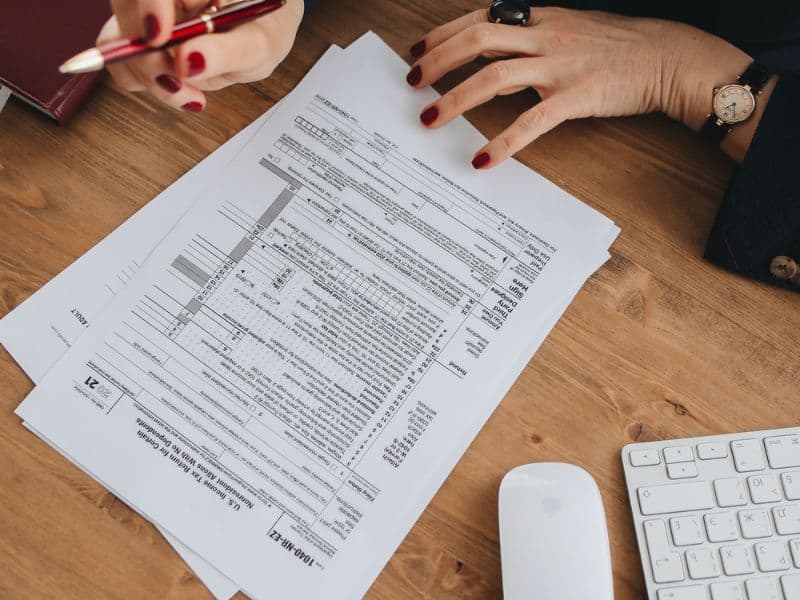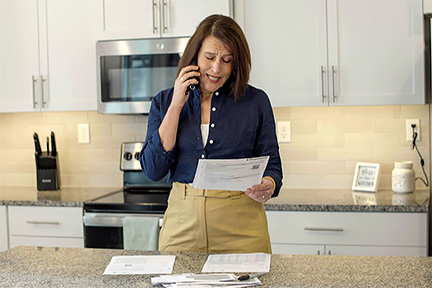The fastest way to remove a wage garnishment is to pay the money you owe in one lump sum, doing so will bring your tax account into good standing with the IRS.
If you don't have the funds to pay the IRS in full, options are available depending on your situation.
Below are a few payment options that can effectively stop wage garnishments.
Payment Plan
Apply for a payment plan to repay your back taxes in installments over several months.
If you are approved for a payment plan, the IRS is generally prohibited, with certain exceptions, from continuing to garnish your wages.
The levy will remain lifted as long as you stay on track with the new agreement.
Currently not Collectible
For taxpayers struggling to make payments, requesting a currently not collectible (CNC) status from the IRS may grant you some time.
If the IRS grants your request for CNC status, they will temporarily suspend the wage garnishment (and other collections actions).
It’s important to be aware that your unpaid balance does not disappear – this only provides temporary tax relief.
When your financial situation improves, the clock starts again, and IRS collections can begin anew.
While this method can offer temporary relief during difficult times, the amount you owe will continue to grow due to penalties and interest.
Another option is to apply for an offer in compromise (OIC), which you may know more commonly as a settlement.
Not everyone is eligible for an offer in compromise. To see if you qualify, the IRS will assess information about your income, assets, and expenses.
You must explore all other payment options before submitting an offer in compromise.
Total Tax can help by making recommendations and advocating on your behalf. If you are suffering financial hardship due to wage garnishment schedule an appointment for a free consultation with a local tax attorney by calling 855-383-4561.









